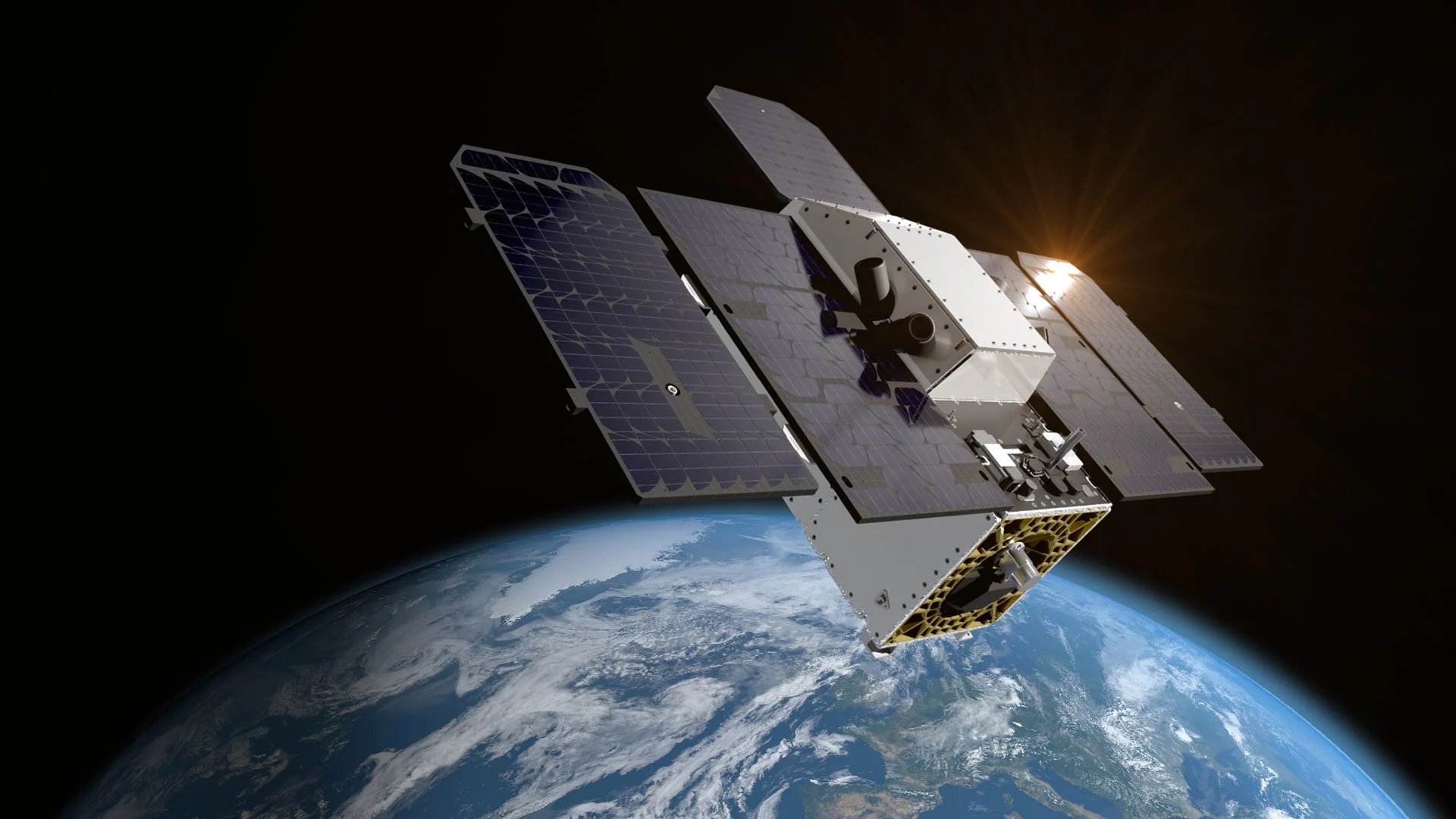
"Daniel P. Johnson, a geographer at Indiana University at Indianapolis, works with a team of researchers who spend a lot of time catching blowflies, dissecting their iridescent blue-green abdomens, and analyzing the contents of their guts. Johnson and his colleagues are tracking the spread of Lyme disease on a warming planet. But they need a lot of additional data. They get it from NASA."
"Now, as President Donald Trump's administration proposes sweeping cuts to the agency's budget, including its Earth Sciences Division, experts are worried that many of these data sources could be lost, and research collaborations halted, with serious consequences for public health. NASA "really enabled a whole new world of health research that the public health community hadn't been doing yet," said Susan Anenberg, who directs the George Washington University Climate and Health Institute, and whose own work has been funded by NASA for nearly a decade."
Researchers studying Lyme disease collect blowflies and analyze their guts but rely on external data from NASA to augment field observations. NASA satellites monitor Earth's "vital signs," providing data on groundwater, wildfires, temperature trends, and air pollution that inform studies of malaria, avian flu, asthma, cardiovascular disease, cognitive decline, and preterm birth. Proposed cuts to NASA's budget and its Earth Sciences Division risk losing vital datasets and ending collaborations, which could undermine disease tracking and public health responses amid a warming climate. NASA funding and data have enabled expanded climate-and-health research across multiple domains.
Read at Fast Company
Unable to calculate read time
Collection
[
|
...
]